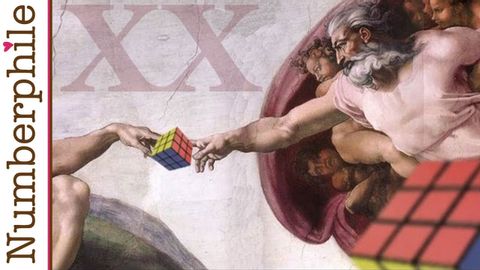神の数とルービックキューブ - Numberphile (God's Number and Rubik's Cube - Numberphile)
Gabriel が 2021 年 01 月 14 日 に投稿  この条件に一致する単語はありません
この条件に一致する単語はありませんUS /ˈnʌmbɚ/
・
UK /ˈnʌmbə(r)/
- n. (c./u.)数字;一曲、演目;総数
- v.t.番号をつける;配置する;(集団やシリーズなどの)一員だと公表する
US /kəmˈpjutɚ/
・
UK /kəmˈpju:tə(r)/
US /ˈdɪfɪˌkʌlt, -kəlt/
・
UK /'dɪfɪkəlt/
US /ˈkwɔrtɚ/
・
UK /'kwɔ:tə(r)/
- n. (c.)25セント;3ヶ月 : 四半期;4分の1;(4学期制の)学期;クォーター;地域 : 地区;15分;方位;(動物の)四分の一
- v.t.四分する : 四等分する;宿営させる
エネルギーを使用
すべての単語を解除
発音・解説・フィルター機能を解除

